You have no items in your shopping cart.
Post Requirement
Types of Bricks
There are various types of bricks which differ from the standard building bricks with respect to their shape, specifications and special purpose for which they are made.
Bull-nose bricks
A brick is moulded with a rounded angle is called as the bull-nose and used for rounded quoin. Quoin is nothing but a connection formed when a wall takes a smooth circular turn.
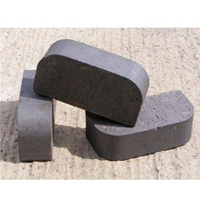
Facing bricks
These bricks are generally made by pressing it in special moulds from selected clay which provides necessary colour on burning or adding with special colouring agents.
Cant or Plinth bricks
These bricks are used in a plinth or in a door and window fittings which has a slant-cum-straight edge.
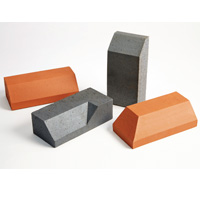
Circular Bricks
The internal and external faces of these bricks are to be curved to meet the requirement of the particular curve and radius of the wall. They are used in structures like towers, wells, etc.
Squint Bricks
These bricks possess a special edge and are used in the construction of active and obtuse squint quoins.
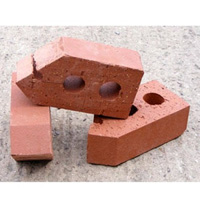
Coping Bricks
These bricks are specially made to suit the thickness of walls on which coping is to be provided. These are made in different forms such as chamfered, half-round and saddle-back.
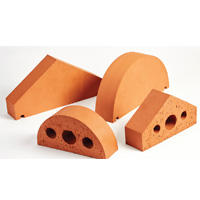
Cornice Bricks
These bricks are made especially for a particular purpose and are available in different shapes to give a beautiful appearance.
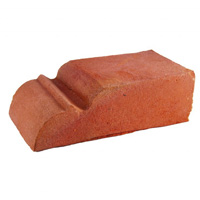
Perforated Bricks
These bricks are provided with cylindrical holes throughout their thickness, which makes them lightweight and easy to dry and burn.
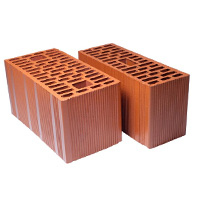
They provide a maximum amount of ventilation and are used for panel walls in small and multi-storeyed buildings.
Hollow Clay Bricks
These bricks are made of homogeneous clay. They have a fine, compact and uniform colour and texture. As these bricks are hollow and of lightweight, they provide insulation against heat, sound and dampness to the building.

Paving Bricks
Paving bricks are obtained from rock clay, which is burnt at a very high temperature than that of ordinary bricks. Paving bricks are used in roads, as they resist the abrasive action of traffic.
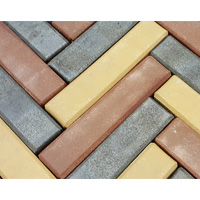
These bricks are available in plain or chequered. They are non-slipping and preferred for street pavements, garden walks, etc.
Acid-resisting Bricks
These bricks are manufactured from materials of low clay content and fired at very high temperatures to convert constituents into crystalline minerals which are insoluble in acids and alkalis.
Silicon carbide Bricks
These bricks are obtained from carbon and silicon. It is inert to all acids and used in the electric resistance furnace.
Forsterite Bricks
These bricks are manufactured from olivine rock with added magnesia. They are very stable at high temperatures and preferred in open-hearth furnaces and refining surfaces.
Flyash Bricks
They are made from flyash which is obtained as waste material from burning of coal or lignite in various industries like powerhouses. These bricks are added with lime or cement to obtain required strength.
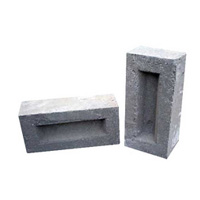
Silicate Bricks
They are made by autoclaving sand lime bricks (made from sand, lime and water with added colour) in special chambers with high-pressure steam.
Refractory Bricks
They are also called Fireclay bricks. These bricks are specially made for lining in chimneys, furnaces, digesters and other situations exposed to very high temperature.
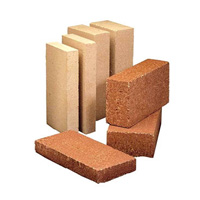
These bricks are yellowish white in colour and are available as acidic, basic and neutral bricks.
Pressed Bricks
These bricks are obtained by pressing the clay to a high temperature and directly burnt without drying. They come with glazed surfaces and may get peeled off when exposed to the weather.
These bricks are of regular shape, compact and possess high strength. They are used for decorative purposes of very high quality.
Sand-Lime Bricks
Autoclaved calcium silicate bricks are commonly known as sand-lime bricks. They have a smooth and soft surface and not suitable for plastering.
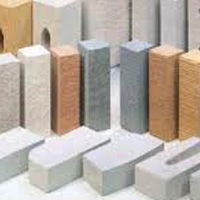
These bricks are hard, strong and uniform in colour and texture. They are preferred for ornamental purposes.
Heavy-duty Bricks
These bricks are of very high quality, compressive strength, durability, bulk density, low absorption rate and free from any other defects.
They are used in heavy engineering works like in bridge structures, industrial foundations and multi-storeyed buildings.
Sewer Bricks
Sewer bricks are manufactured from surface clay or shale or a combination of both materials. They are used for the lining of roofs, walls and floors of sewers for ordinary domestic sewage.
They are not acid resistant and not recommended for industrial use.
Vani Paspula














Krishna
posted on May 24, 2019 4:33:39 PMWant to start new Bricks business